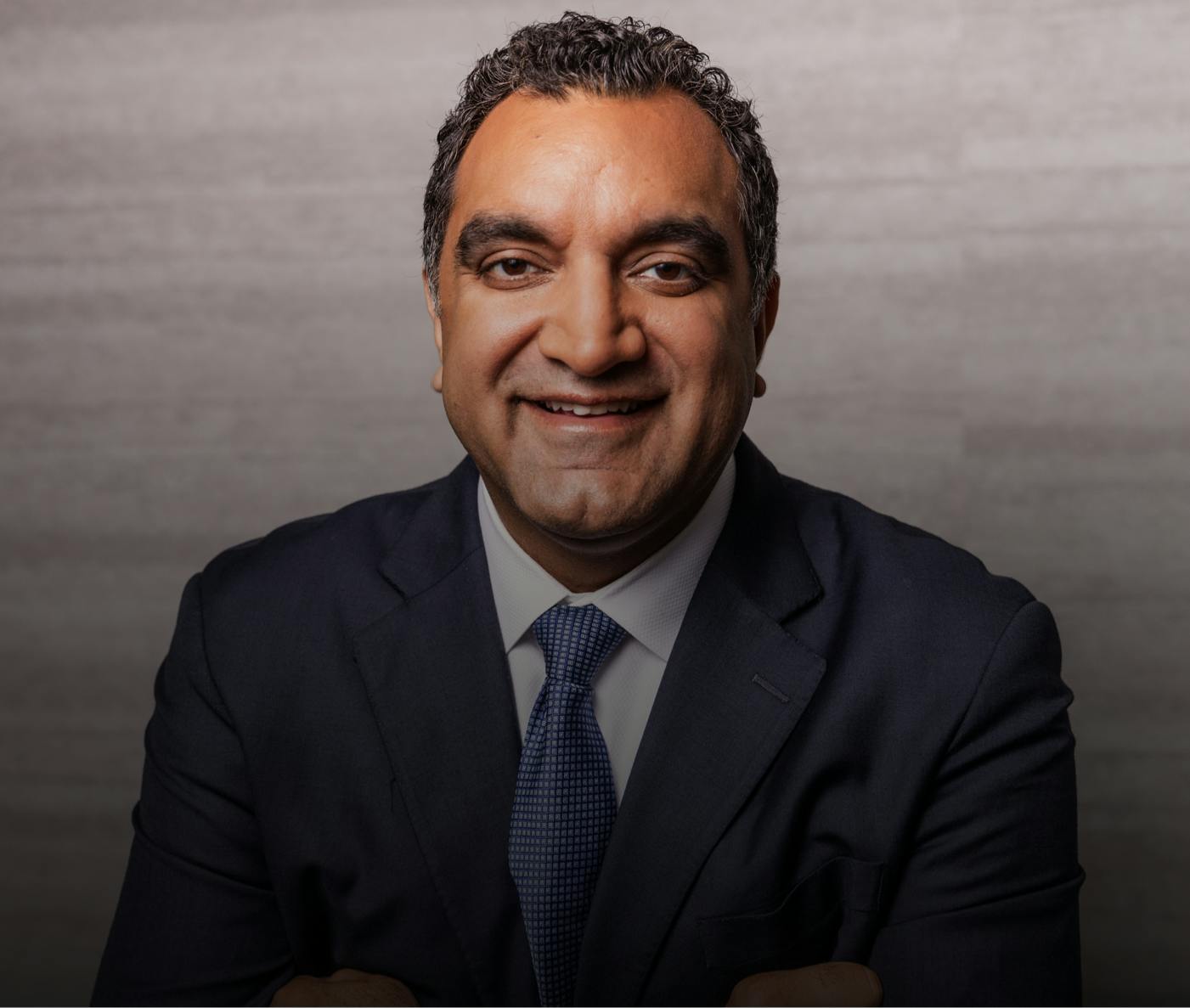Symptoms
Both entropion and ectropion can irritate the eyes, causing a feeling that something is in the eye (foreign body sensation), watering (tearing), and redness.
Artificial tears and eye lubricant ointments (for use overnight) can be used to keep the eye moist and soothe the irritation. Entropion and ectropion can be treated surgically — for instance, to preserve sight if damage to the eyes (such as corneal ulcer with entropion) is likely or has occurred, for comfort, or for cosmetic reasons.
Surgical repair may be recommended if the patient is at risk of ocular exposure, ulceration, dermatitis, or corneal scarring. Ectropion and entropion, as well as ptosis (drooping of the upper lid), and other eyelid disorders such as lid lesions/tumors are conveniently managed by Dr. Paul at Austin Face & Body.









